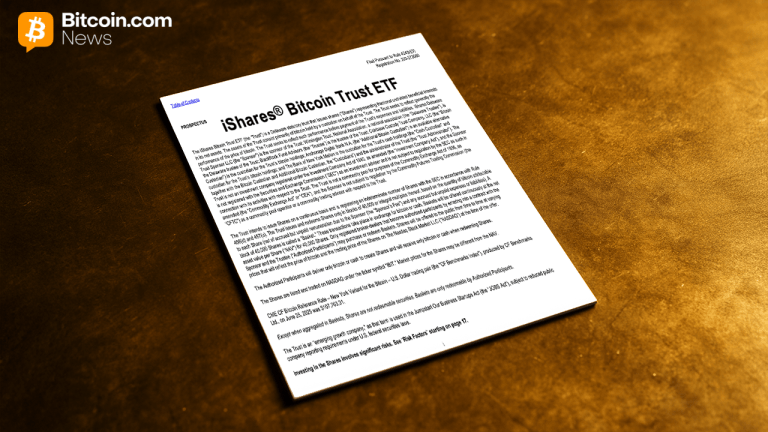How to see the stunning Geminid meteor shower light up the sky on Dec. 14
4 min read
The annual Geminids meteor shower reaches its peak on Wednesday (Dec. 14).
The peak of the Geminid meteor shower (opens in new tab) offers skywatchers the opportunity to view what is regarded as the most consistent and reliable meteor shower (opens in new tab) of the year while at its best — as long as they are willing to brave the frigid weather of mid-December.
Over New York City the Geminids peak at 8:00 am EST (1300 GMT) on Wednesday (Dec. 15). As a result, the best displays should be seen in the pre-dawn hours on this day, according to In the Sky (opens in new tab) .
This year the Geminids have been active since Dec. 4, and will end on Dec. 17. During this period, the best way to see plenty of meteors is to view the sky when the viewing location is pointed towards the shower’s radiant point, found in the constellation of Gemini (opens in new tab) .
More meteors from the Geminids shower will be seen when its radiant point is above the horizon, with the number of meteors increasing as this point rises higher in the sky. For astronomers in New York City, the Geminids will become visible at around 5:32 p.m. EST (2232 GMT) each night when the radiant point rises above the horizon and the radiant point will be at its highest at around 2:00 a.m. EST on Dec. 15 (0700 GMT).
EarthSky recommends (opens in new tab) not waiting for this point, however, instead suggesting to attempt to view the meteor shower after its radiant point is above the horizon but before the moon (opens in new tab) , which will be in its waning gibbous phase (opens in new tab) , rises and illuminates the night sky. This is because the bright streaks and fireballs created by meteors are most visible in dark skies.
In suitably dark conditions with clear skies and no moon, skywatchers could spot as many as 120 Geminid meteors per hour at its peak.
Geminids meteor shower. (Image credit: Haitong Yu via Getty Images)
Meteor showers occur when Earth (opens in new tab) , on its annual journey around the sun, passes through clouds of debris left behind by comets or asteroids (opens in new tab) . These fragments enter our planet’s atmosphere at high speeds and burn up creating streaks of light and the occasional bright fireball created by larger pebble-sized chunks of material.
The Geminid meteor shower can be traced back to dusty debris left behind by the asteroid or possible ‘rock comet’ 3200 Phaethon that Earth passes through each December. This 3.6-mile (5.8-kilometer) wide space rock comes closer to the sun than any other named asteroid and is considered a strange hybrid somewhere between an asteroid and comet. This is because while 3200 Phaethon is composed of rock (like an asteroid) rather than ice (like a comet), it brightens when it approaches the sun (opens in new tab) once around every 524 Earth days similar to the behavior of a comet, not an asteroid.
Comets usually act like this when the icy material within them changes immediately from solid to gas due to the heat of the sun, a process called sublimation. In lieu of ice, which was baked off the space rock long ago thanks to its frequent close brushes with our star, 3200 Phaethon’s glow as it approaches the sun may come from the ‘fizzing’ of sodium scientists suggested in 2021 (opens in new tab) .
The movement of asteroid 3200 Phaethon imaged on Dec. 25, 2010. (Image credit: Marco Langbroek/Wikimedia Commons)
As the asteroid approaches the sun, its sodium heats up and vaporizes. This has depleted the element at 3200 Phaethon’s surface, which explains why when its debris enters the atmosphere at 79,000 miles per hour (127,000 kilometers per hour) to create the Geminids, these meteors are low in sodium.
To learn more about this strange hybrid comet/asteroid and the source of the Geminids meteor shower the Demonstration and Experiment of Space Technology for INterplanetary voYage with Phaethon fLyby and dUst Science, or DESTINY+ mission (opens in new tab) , will flyby 3200 Phaethon later this decade.
Though the Geminids will be visible with the naked eye, there are plenty of other wondrous objects in the night sky that require specialized optics. If you need a telescope or a pair of skywatching binoculars, make sure to read our guides for the best binoculars (opens in new tab) and the best telescopes (opens in new tab) to view the night sky. For capturing the best pictures of the Geminid meteor shower that you can, don’t miss our recommendations for the best cameras for astrophotography (opens in new tab) and best lenses for astrophotography (opens in new tab) .
Originally posted on Space.com.




